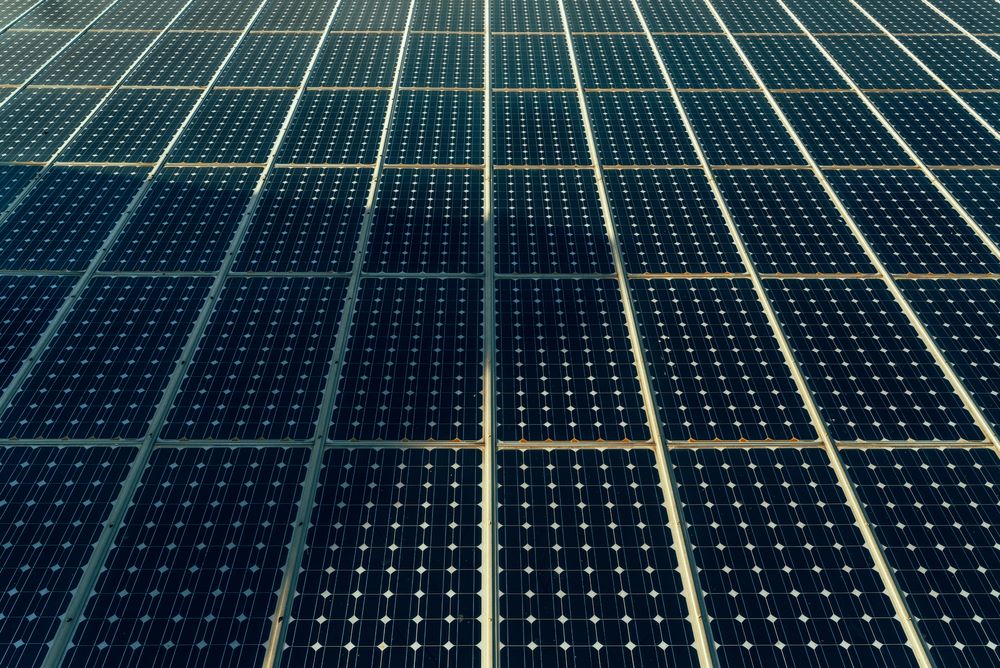It inflates many products and services in the US, and that includes electricity prices. According to the US Energy Information Administration , household electricity prices increased by 6.1% in the residential sector between November 2020 and November 2021, and 7.6% in the commercial sector. However, when homeowners and businesses generate their own electricity with solar panels, the effect of price increases can be minimized or avoided altogether.
When a solar panel layout uses your roof as efficiently as possible, your energy bill savings increase. However, this can only be achieved with professional assessment and design. A proper layout can also help you save on installation costs, meaning you get a shorter payback period and a higher ROI.
Considering solar energy for a commercial building? Get a professional design.
Here we will discuss the main factors to consider when designing the layout for a commercial solar array . Two buildings can have the same number of panels, but the results can be very different if one of them uses the roof space more efficiently.
1) Avoiding shadows is priority number 1

The electricity production of solar panels directly depends on the amount of sunlight that reaches its surface. When panels are installed in the shade, you are wasting most of their capacity and the money used to purchase them!
Avoiding shadows may seem simple, but there is a catch. The position of the sun in the sky is always changing and this depends not only on the time, but also on the current season. The same part of the roof can be very sunny or completely shaded, depending on when you look. Solar engineers use design software that simulates sunlight and shading throughout the year so they can find the best areas of your roof.
Generally, shading is not a problem for large commercial buildings in suburban or rural locations where there are few obstacles. However, avoiding shadows is critical when installing solar panels on buildings surrounded by taller structures and obstacles.
2) Installing solar panels on flat commercial roofs is simpler
The type of racking system required by your solar panels depends on the roof material and slope. Many commercial buildings have flat, spacious roofs where solar installations are much easier. Solar panels can use a ballasted racking system, which simply uses heavy bases to hold them in place. On the other hand, when solar panels are mounted on sloping roofs, holes need to be drilled to fix their mechanical supports.
If you have a commercial roof with flat and sloped sections, you can make installation easier by prioritizing flat areas. Maintenance also becomes simpler: Inspecting and replacing solar panels is easier when technicians can reach them without walking on steep surfaces.
3) Leave enough space around mechanical equipment and other components

Generally, solar panels will not be the only devices using a commercial roof. You also need space for Mechanical Equipment like cooling towers and roof vents, considering your maintenance needs. Remember that technical personnel must access these units regularly, often carrying tools, and solar panels must not be in the way. You also protect the panels by keeping them away from other equipment, as they are less likely to be damaged by a dropped tool or part.
The layout of a commercial solar panel must also have adequate spacing for its own maintenance. In this aspect, solar panels are less demanding than other energy generation systems. However, they need regular cleaning and occasional inspections.
4) Larger solar panels save on racking and labor
Solar panels come in various sizes, but 60-cell and 72-cell modules are the most common. Their specifications and dimensions vary by manufacturer, but both types are about the same width, while 72-cell panels are about 20% taller. Also consider that many brands have started using half cells with a more efficient design: they have 120 or 144 half cells instead of the normal 60 or 72 cells, but the overall sizes are about the same.
Solar panels with 72 cells or 144 half cells save on installation costs for two main reasons: Because they are the same width as 60-cell panels, the number of racks used per panel remains constant. However, as the total number of panels is reduced, racking and labor costs are optimized.
5) Planned expansions and renovations should be considered
High-quality solar panels have a lifespan of 25 years or more, meaning you'll save on energy bills for a long time. However, you must also use a roof area that will not be modified for a long time, otherwise you will be forced to relocate the photovoltaic panel. This represents an extra cost, which you can avoid by simply choosing a roof area that will not be renovated or modified.

